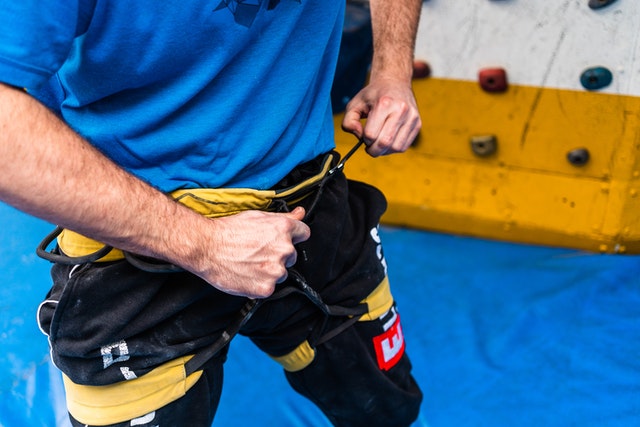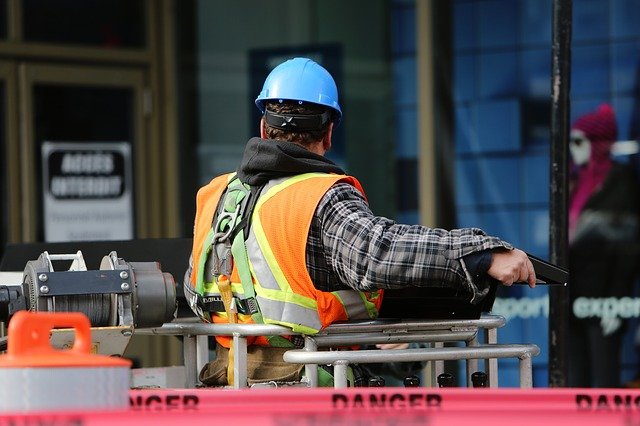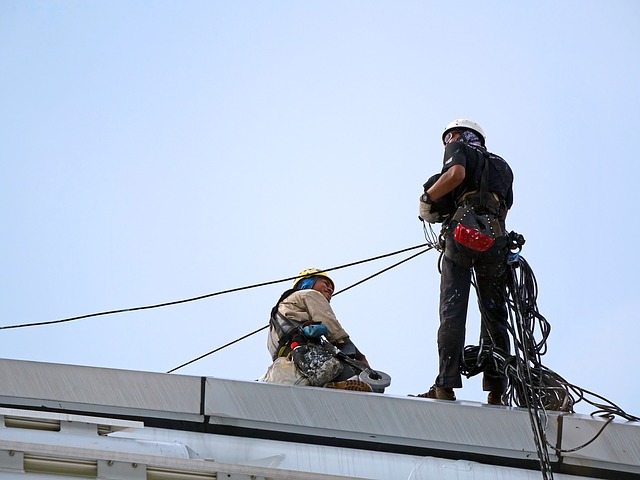
Safety Harnesses can be used in a wide variety of situations, as such, there’s an extensive number of harnesses, lanyards, anchor points, and other safety equipment available. So much so, it can make it difficult to know exactly what it is you’re looking for in a harness.
There are so many different harnesses to choose from, so we’re going to help you out by taking a look at some of the more common types of harnesses and do a quick overview of their functions. This should help you get a better idea which safety harness is the best fit for you.
More...

Safety Harnesses are one of the best pieces of equipment that you can use to keep yourself and your co-workers safe on site.
Your safety gear will look after you as long as you look after it, which often begs the question, how do you take care of your safety gear? And how often should a safety harness be inspected?
More...

There are a wide variety of different safety harnesses available on the market, and they can be used in a number of different ways depending on what kind of attachments you’re using and what environment you’re working in.
On the whole, the primary function of a safety harness is to prevent the wearer from falling from a dangerous height. By wearing the harness, comprised of a system of straps and restraints, the risk of injury caused by a potential fall is greatly reduced.
If you work in a job that requires regularly working at great heights, the potential dangers and accidents that could occur at height are one of the biggest causes of injury and fatality in the workplace.
Wearing a harness is the best way to keep yourself safe, but how do you know when you should be wearing one?
More...

